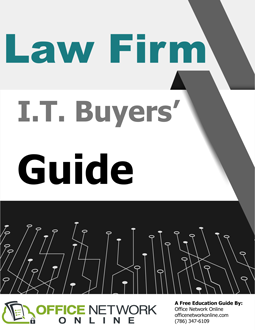 A small retail business was hit by a ransomware attack. Cybercriminals encrypted their critical data and demanded a ransom of $50,000 for decryption. Despite having a backup system, the company decided to pay the ransom due to the lack of knowledge about the time required for restoration and the cybercriminals' promise of faster decryption.
A small retail business was hit by a ransomware attack. Cybercriminals encrypted their critical data and demanded a ransom of $50,000 for decryption. Despite having a backup system, the company decided to pay the ransom due to the lack of knowledge about the time required for restoration and the cybercriminals' promise of faster decryption.
This scenario highlights the increasing threat of ransomware attacks that businesses of all sizes face. Understanding the implications of such attacks and having a clear action plan can help mitigate the risk of being held hostage by cybercriminals.
Cybersecurity Debt and Ransomware
ExtraHop's 2023 Global Cyber Confidence Index showed a link between cybersecurity debt and ransomware exposure. Of the victims included in the study, 83% admitted to paying ransom at least once.
Cybersecurity debt results from unaddressed vulnerabilities. Unpatched software, unmanaged devices, shadow IT, and insecure network protocols make businesses vulnerable to cyberattacks. These preventable practices contribute to at least half of the incidents.
Ransomware Techniques Keep Evolving
The Financial Action Task Force (FATF) highlights the rise in ransomware payments since 2019. Every year, criminals develop new methods and strategies, increasing such payments significantly and making it more difficult for authorities to keep up.
One of the prevalent ransomware approaches is double extortion, where attackers encrypt victims' data and threaten to leak sensitive information if payment is not made. In addition, the use of anonymity-enhanced cryptocurrencies and chain-hopping -a technique that involves moving illicit funds through multiple cryptocurrencies- help criminals evade detection and facilitate ransom payment laundering.
The FATF findings emphasize the need for increased awareness and better measures to combat ransomware attacks. With cybercriminals becoming more sophisticated, staying vigilant and protecting sensitive data is essential to avoid negative consequences.
Protecting Your Business From Ransomware Attacks
Setting recovery time objectives (RTOs) and recovery point objectives (RPOs) is fundamental in protecting your business from ransomware attacks. RTO is the time to resume normal operations after an attack. RPO is the point from which a company wants to recover its data. Understanding your company’s RTO and RPO is vital in security decision-making.
In addition, your business should:
- Adopt a Zero Trust approach to cybersecurity. Check every user and device before granting access to crucial systems and data.
- Use AI and machine learning security tools. They can learn about and block new ransomware threats.
- Divide your network into smaller parts. This can stop ransomware from spreading and protect vital data.
- Use deception technology to create false network resources and data. This can confuse attackers and protect your systems.
- Get insurance that covers ransomware attacks. It won't stop an attack, but it can help pay for recovery if needed.
Rethinking Cybersecurity: A Call to Action
Ransomware attacks are becoming increasingly sophisticated and dangerous. Business owners must recognize the urgency to strengthen their defenses. Understanding risks, addressing cybersecurity debt, and implementing best practices are crucial.
Better cybersecurity is everyone's job. Collaborate with other businesses, learn about new threats, and strive for improvement to protect your business.
Cybercriminals are always looking for new ways to cause harm, and businesses must respond with intelligent and creative strategies. Remember that being proactive can help protect your business and customers from the harmful effects of advanced cyberattacks.



